A healthy balanced diet combined with regular physical activity, can help keep your body strong and healthy. It can also help prevent the development of many serious diseases, including heart disease, diabetes and obesity. Fortunately, you don’t have to make sudden, drastic changes to your eating habits. Making several small changes over the course of a few weeks or months can really make a difference. Designated by the Academy of Nutrition and Dietetics, we have created a list of 31 simple ways – one for each day – that you can give your eating habits a healthy makeover throughout the month of March and beyond.
Healthy kickstart to your day
- Don’t skip meals. Following a regular eating schedule makes it easier to monitor your diet and avoid become overly hungry.
- Start each day with a whole grain cereal, such as Quaker Oats.
- Use low fat dairy products rather than full fat in your cereal.
- Keep your coffee simple. Adding ingredients such as cream, sugar, or chocolate can add a lot of extra fat and/or calories.
- Add fresh fruit and granola to low-fat yogurt to make a more balanced meal.
Lunch healthier choices
- Pack a healthy lunch instead of using the vending machines at lunchtime.
- Substitute a side salad for fries with your sandwich when you are eating lunch.
- Top a baked potato with salsa instead of butter and cheese.
- When you’re ordering a sandwich, substitute mustard or mayonnaise for fat free/low fat Greek yogurt.
- Eat the edible skins of fruits and vegetables for more nutrients than without the peel.
- Don’t be afraid to experiment! Sample a new fruit or vegetable that you’ve never tried before.
- Choose lean cuts of poultry, fish or white meat pork rather than fatty red meats.
- Ask your butcher to trim any excess fat from your meat selections.
- Don’t fry meats, try grilling them instead.
- Use oils such as olive and rapeseed oil , instead of butter, when cooking to help lower saturated fat intake.
- Top whole-wheat spaghetti with a marinara style sauce instead of a cream-based sauce.
- Steam or bake your vegetables instead of boiling them so they keep more of their flavours and to prevent leaching of nutrients.
- Add extra vegetables to your favorite soups, salads and stews.
- Use fresh herbs and spices to season your food instead of salt.
- Add oats, whole-wheat flour or wheatgerm to your favorite bread, cakes or muffin recipes.
- Eat a small salad or piece of fresh fruit before you go out to dinner so you aren’t feeling famished.
- To avoid overeating at a restaurant, cut your entrée in half and take the second portion home.
Healthier snacks option
- Make a nutritious smoothie by blending fresh fruit, skimmed or semi skimmed milk rather than full fat and a few ice cubes in a blender.
- For variety, try a small handful (30 grams) of almonds or walnuts for a crunchy snack – they contain essential nutrients. But, watch the amount of nuts you eat – they also are high in calories.
- Keep lower fat snacks, such as crunchy vegetable sticks, unbuttered popcorn, or cut fruit on hand instead of cookies and crackers.
Healthy habits to remember
- Thirst can be misinterpreted as hunger, so we should drink about 1.2 litres (six to eight glasses) per day to help keep your body hydrated.
- Start reading the nutrition labels on the packages of foods that you buy.
- Take your time when you are eating to help avoid overeating.
- Don’t label any food as off-limits. If you eat a piece of chocolate cake, simply adjust your caloric intake for the rest of the day to account for it.
- Avoid doing other activities while you are eating, such as watching television or reading the newspaper.
- Buy portion-controlled foods. There are many single-serving sized pre-packaged foods available at the grocery store, including cereal and lower sodium soups.

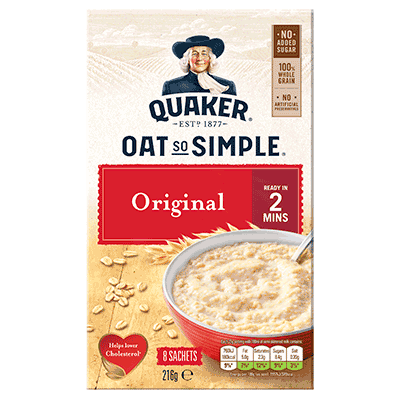
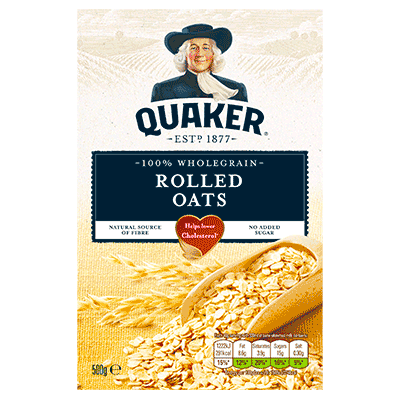
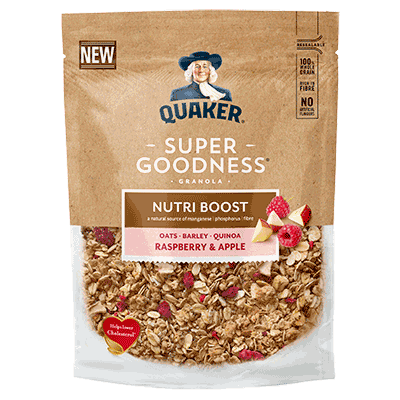
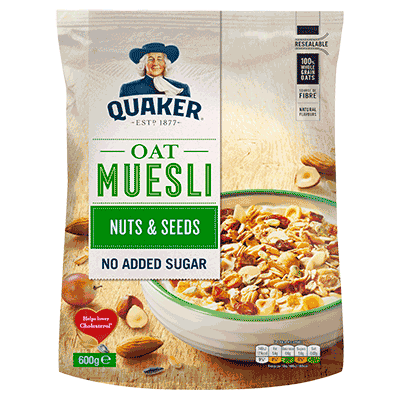
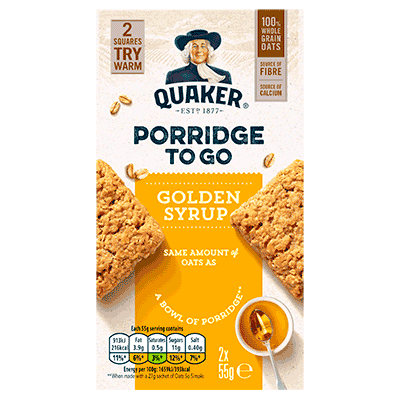

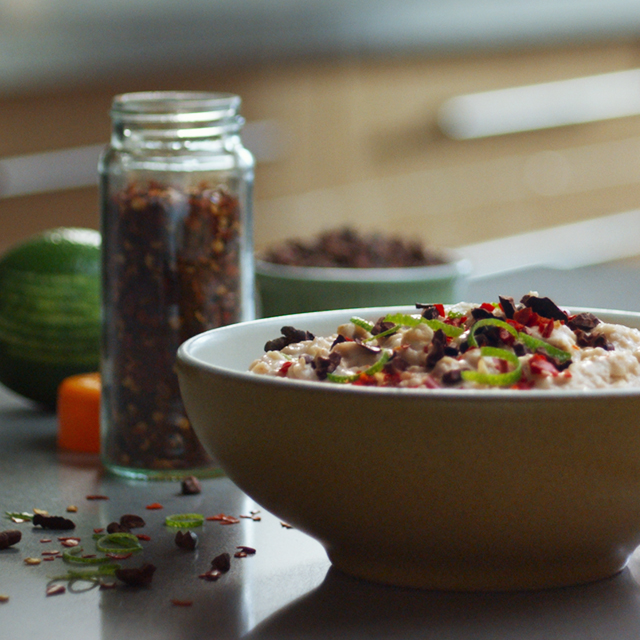
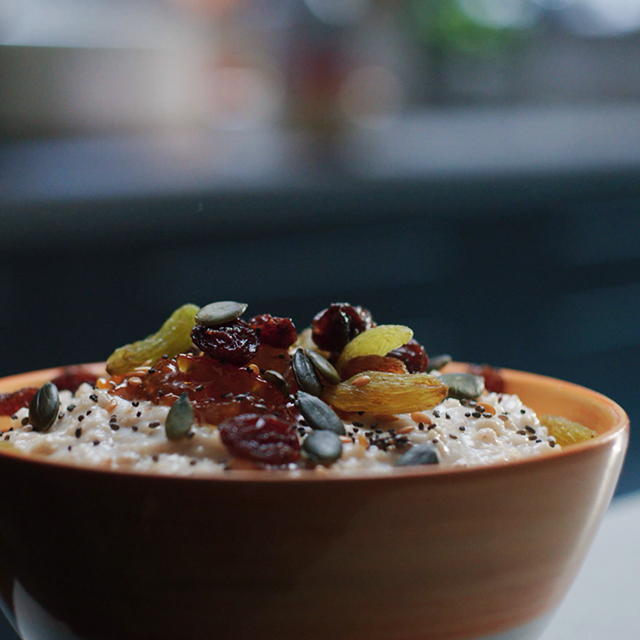


Daily intake of 3g of beta-glucan from oats. Oats beta-glucan has been shown to lower/ reduce blood cholesterol. High cholesterol is a risk factor in the development of coronary heart disease.